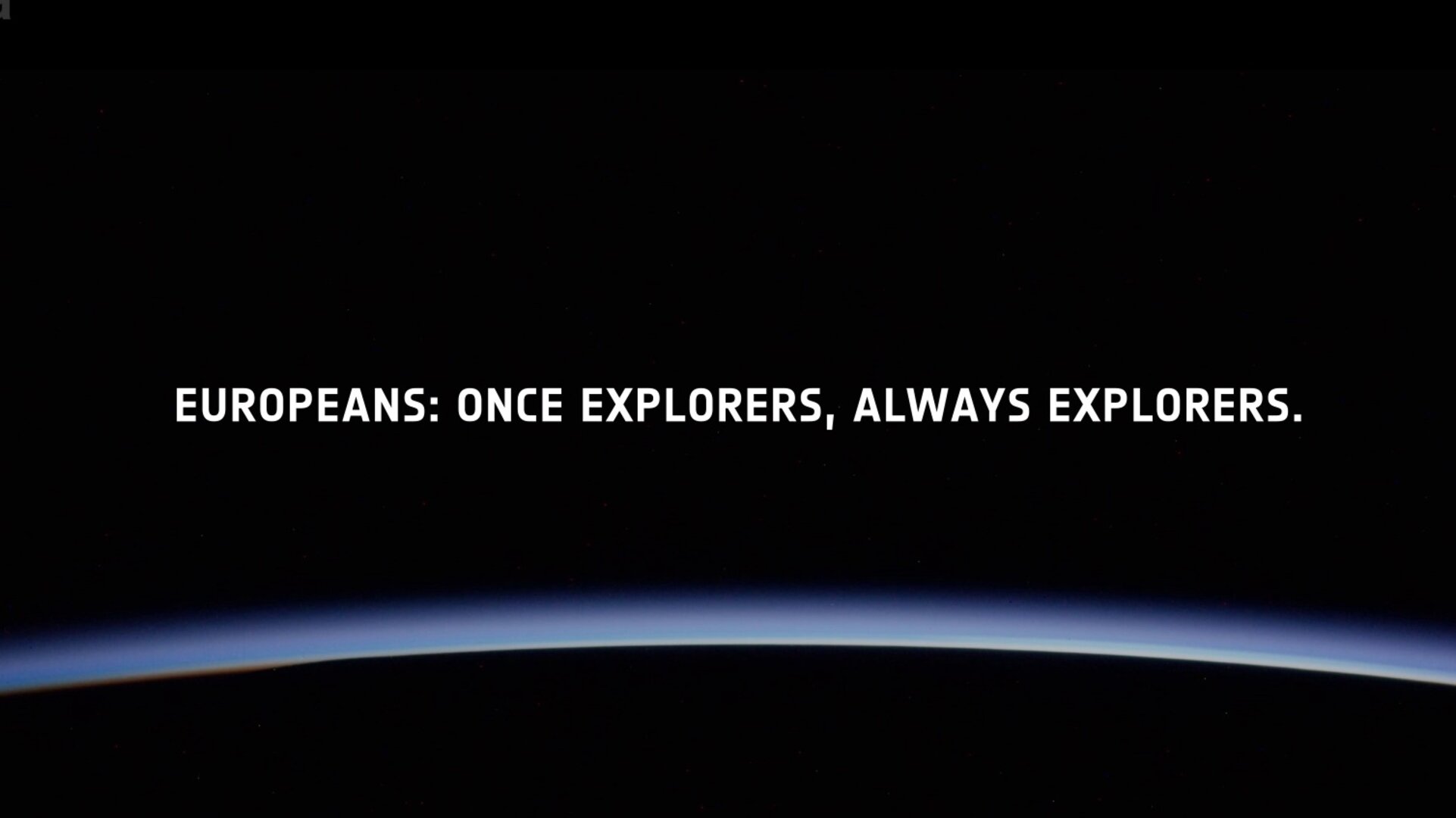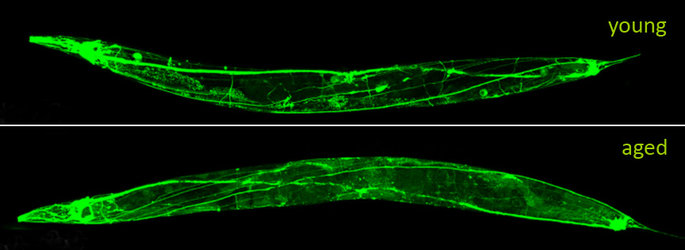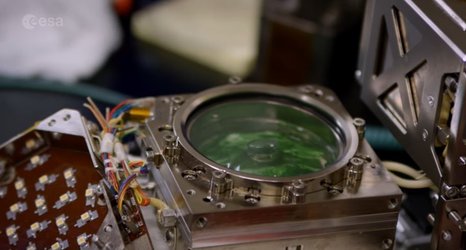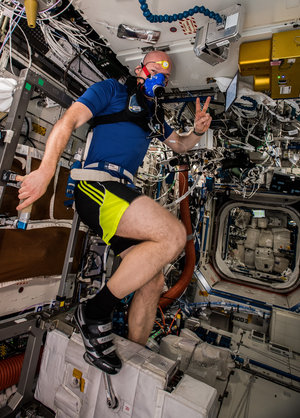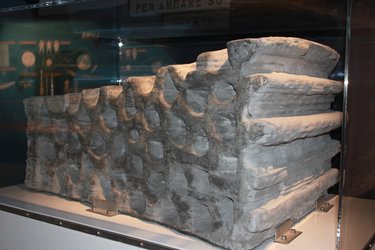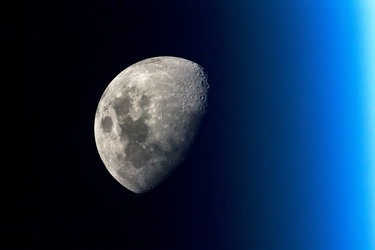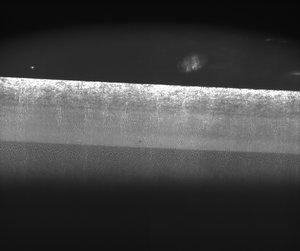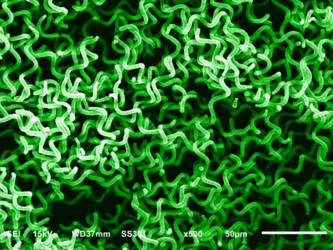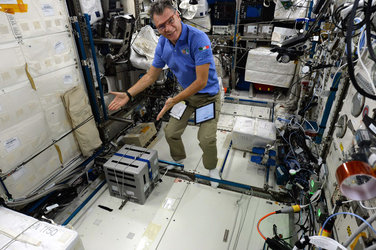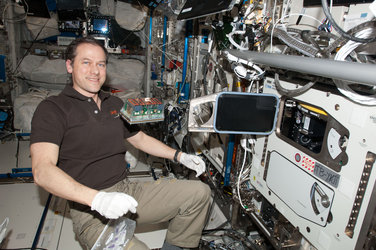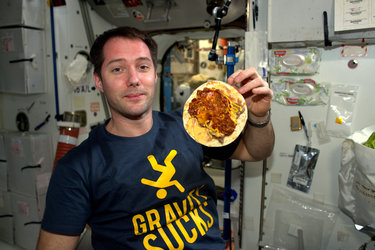Drop, fly, irradiate – ESA’s SciSpace research programme
Venture outside of Earth’s atmosphere 100 km up and you enter a place where nothing can be taken for granted. Understanding how space affects fundamental physical and biological processes, and finding ways to explore and live sustainably in space while bringing back benefits for Earth, is the goal of ESA’s SciSpacE research programme.
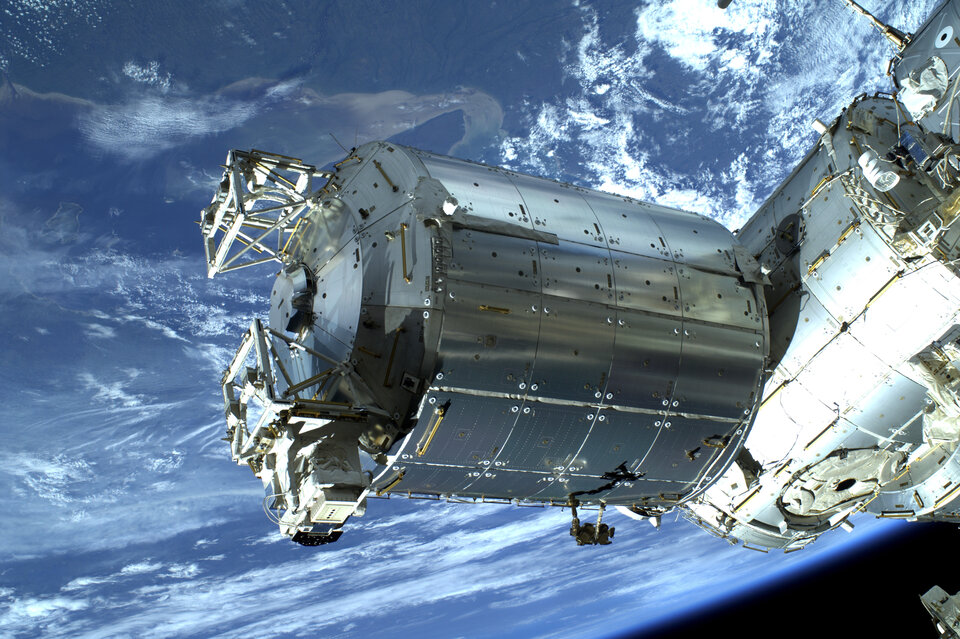
Studying how astronauts’ bodies react to living in space and searching for ways to counteract the negative aspects provides insights into how life developed on Earth. It also paves the way for us to explore even further from our home planet.
However, running experiments in space does come at a cost and – despite the European Columbus laboratory that is part of the International Space Station – the amount of experiments we can run in space has its limit.
Facilities on Earth can offer experimental conditions that are comparable to space by simulating the microgravity, radiation and isolation found during spaceflight. ESA offers a range of ground-based research platforms for scientists to experiment with.
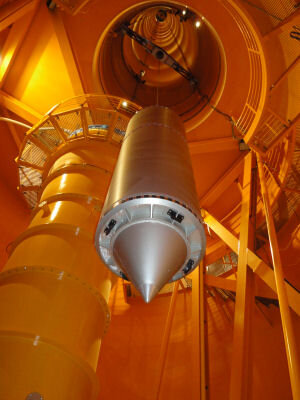
Applying to use these research platforms for space exploration research is now even easier thanks to continuously-open research opportunities. “We have made it easier for researchers to apply by accepting proposals at all times. If you suggest a good idea, you can be up and running in less than a year,” says Jennifer Ngo-Anh, ESA’s SciSpace team leader, “we live in the space age, and need researchers from all disciplines to help explore our Solar System.”
Scientists and researchers all over Europe are encouraged to conduct their research through the opportunities, from ground-based, to parabolic flights, drop tower and sounding rockets and even bombarding objects with radiation.
Working with industry
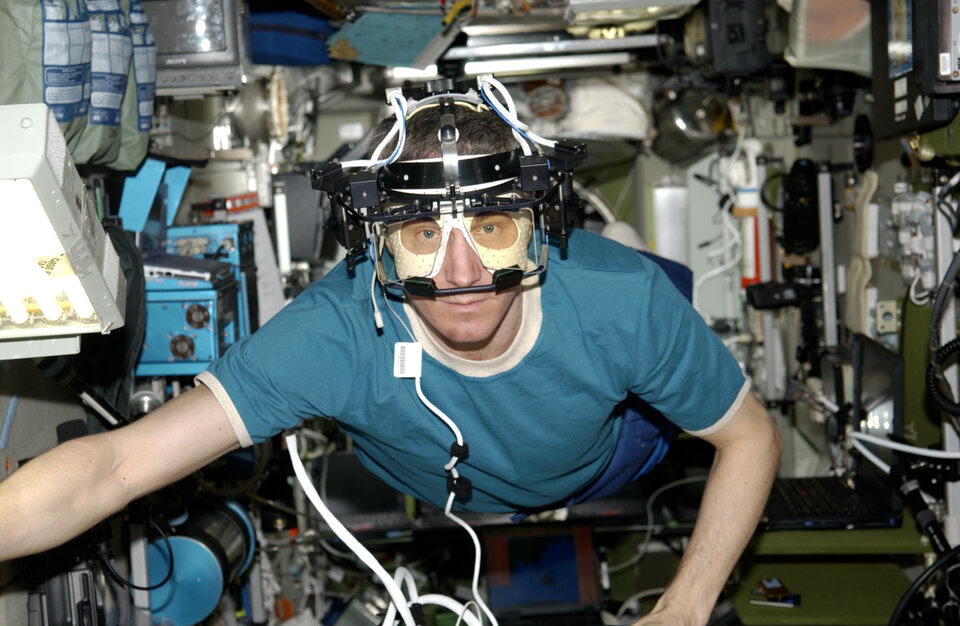
Many of the products we now take for granted resulted from spaceflight research – from laser eye surgery to clean cars and fighting antibiotic resistant bacteria – and ESA will continue to foster cooperation between academia and industry to develop industrial applications from space-relevant research. Consult the Microgravity Application Programme information package for more information.
ESA’s SciSpacE programme promotes space-related research to increase our understanding of the Universe and awareness of the effects of space on the human body and how to counteract them. Long-duration space exploration missions will rely on this research and ESA is committed to supporting the European space research community in reaching this goal.



